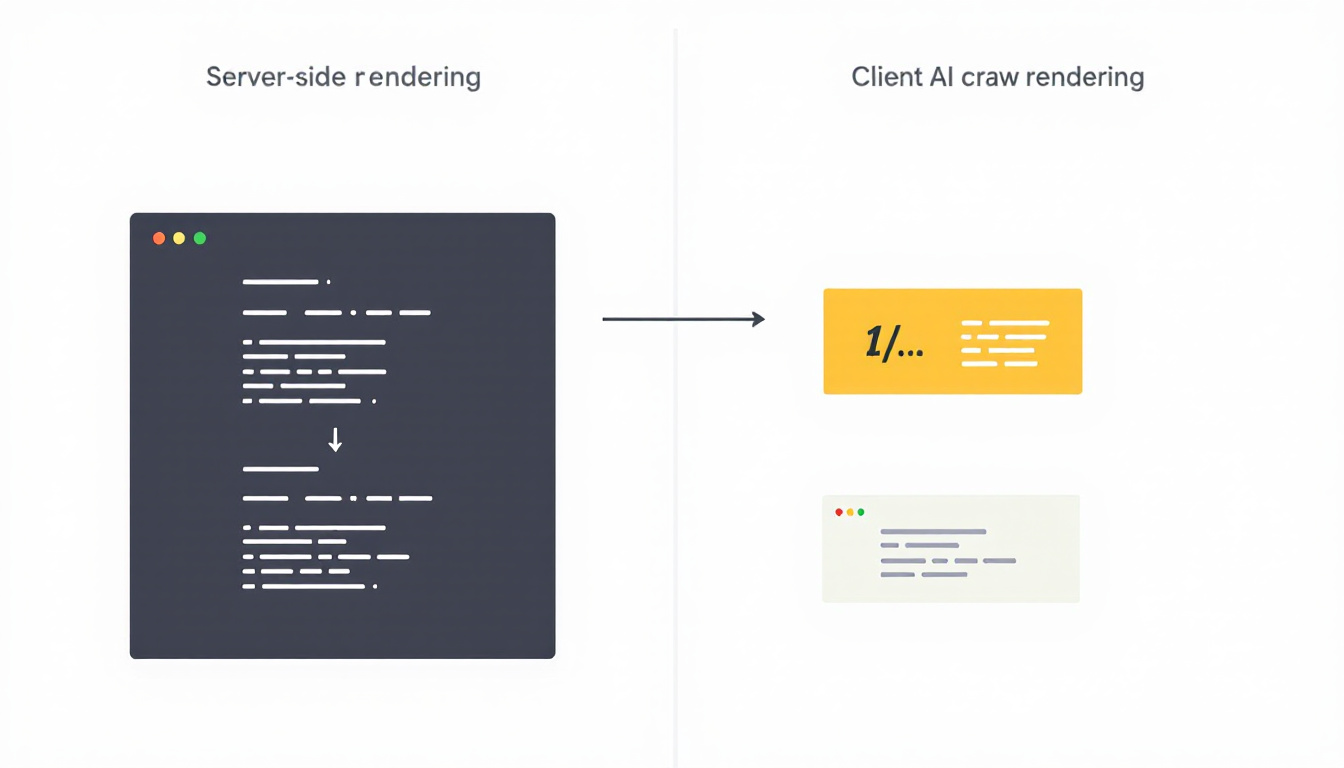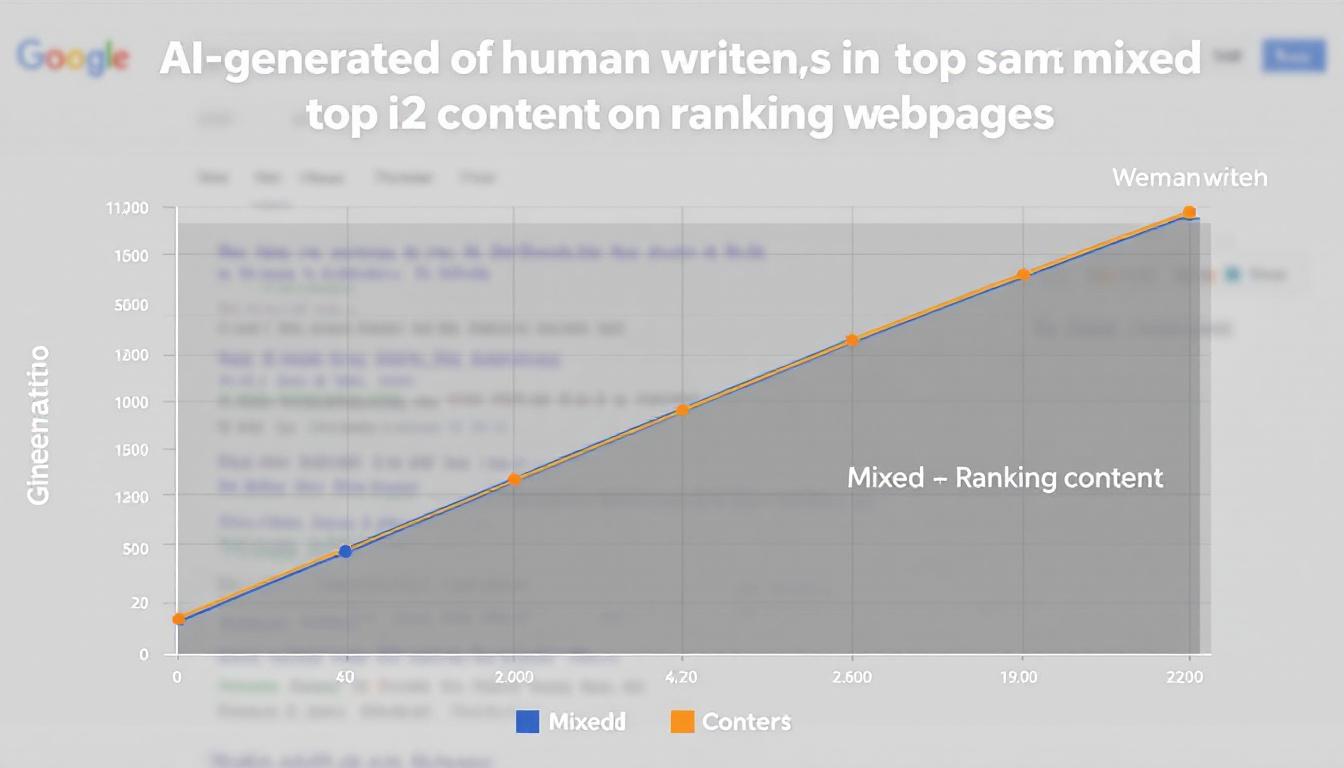In a recent discussion with Kenichi Suzuki of Faber Company Inc., Google Developer Advocate Martin Splitt unveiled critical information regarding JavaScript rendering, the distinctions between server-side and client-side rendering, and the role of structured data.
Namecheap
Find your perfect brand domain and claim it now to boost your SEO. Start from as low as $5 per year.
His insights aimed to clarify widespread SEO misunderstandings and provided useful guidelines for developers and marketers adapting to Google’s dynamic search methodologies.
Google’s AI Crawler & JavaScript Handling
Understanding how Google’s AI crawler processes JavaScript is essential for optimizing website performance and visibility in search results.
Efficiency of Google’s AI Crawler
Splitt elaborated on the capabilities of Google’s AI crawler, particularly in relation to JavaScript execution.
Google’s AI crawler, utilized by the Gemini project, effectively processes JavaScript through a shared Web Rendering Service (WRS).
Splitt mentioned, “While we don’t disclose the exact rendering process for Googlebot used in web searches, the service used by Gemini functions similarly, enabling robust JavaScript handling.” This advancement provides Google’s AI tools a significant advantage over other platforms that may struggle with JavaScript-heavy content.
Although some reports suggested rendering delays of several weeks, Splitt clarified that such instances are uncommon, with the majority completing within minutes.
This efficient rendering capability ensures that websites benefit from quicker indexing and more accurate content representation in Google’s search results.
Server-Side vs.
Client-Side Rendering: Choosing the Right Approach
Selecting between server-side and client-side rendering depends largely on the specific functions and objectives of your website.
Making the Right Rendering Choice
Splitt emphasized that neither rendering method is universally superior; the decision should align with the website’s purpose.
He stated, “For traditional websites that primarily deliver content, relying on JavaScript can be a liability.
It may lead to functionality issues, slower performance, and increased battery usage on mobile devices.” In such cases, server-side rendering or pre-rendering static HTML is advisable to enhance performance and reliability.
Conversely, client-side rendering is better suited for websites requiring rich interactivity, such as design tools or video editors.
Splitt analogized the choice to selecting between different tools: “It depends on the task at hand, much like choosing between a hammer and a screwdriver based on the job you need to perform.”
By aligning the rendering strategy with the website’s primary functions, developers can optimize both user experience and site performance.
The Significance of Structured Data in AI Comprehension
Structured data plays an increasingly important role in how AI systems interpret and understand website content.
Enhancing Content Understanding with Structured Data
When queried about the impact of structured data, Splitt provided clarity on its benefits.
Splitt affirmed that structured data contributes to a better understanding of content by providing additional context. “Structured data offers more detailed information, which enhances our confidence in the content we process,” he explained.
However, he also noted that structured data does not directly influence search rankings. This distinction is crucial for SEO specialists who might misconstrue structured data as a ranking booster.
Instead, its primary advantage lies in improving content comprehension as AI becomes more integral to search functionalities.
Implementing structured data helps ensure that content is accurately interpreted by search algorithms, which is increasingly important in an AI-driven search environment.
The Bottom Line
Martin Splitt’s insights highlight that Google’s rendering processes are swift, alleviating previous concerns about JavaScript-heavy websites being disadvantaged.
While server-side rendering remains important for comprehensive visibility across various AI systems, client-side rendering is ideal for interactive applications. Additionally, structured data plays a vital role in enhancing content understanding without directly affecting search rankings.
Splitt advised SEO professionals to prioritize user experience and clear business objectives, emphasizing the creation of high-quality content as the cornerstone of effective SEO strategies in the evolving landscape of AI-powered search.








